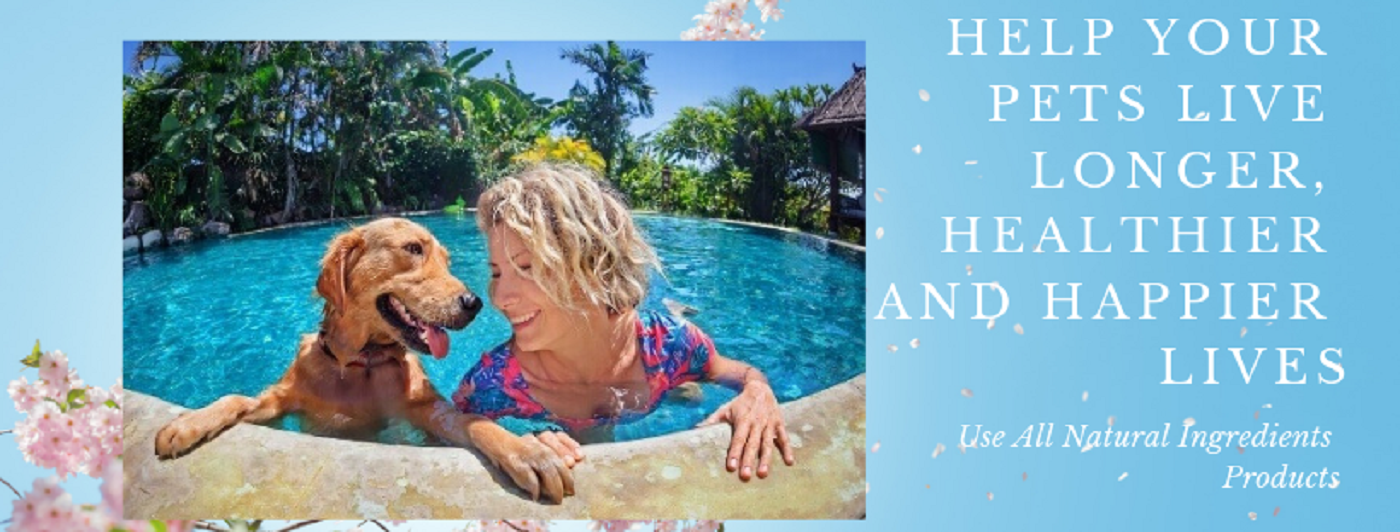Poodle development depends upon the variety of the poodle. Three different varieties of poodles are:
- Toy Poodles
- Miniature Poodles
- Standard Poodles
What are the differences in the different poodle varieties?
A standard poodle is 15 inches and taller, commonly maturing at 23 inches for females and 25 inches for males. Miniature poodles stand 15 inches or less. A toy poodle can stand up to 10 inches. The size of your poodle determines developmental milestones.
Poodles require regular grooming to be happy and healthy. Start grooming early like trimming the poodle's face, nail trimming, daily brushing, and regular baths.
Why should you start grooming a poodle early? The main reason is to get them use to grooming sessions and process. You want to create a positive grooming experience. Start slowly. For example, you might start with just trimming the face, a week later add clipping around the feet and tail.
A huge asset belonging to the Poodle is the fact that "they don't normally shed." If left uncut, a poodles coat should grow indefinitely, however, you want to groom your poodle. You don't want hair growth out of control on a poodle because it can mat, which makes grooming more difficult for you and the poodle. Poodles are commonly shaved around the feet and face. Many poodle owners also prefer their poodle's tail stand out. These are all important areas to get your poodle use to proper grooming early in puppyhood.
Wait until your poodle puppy has had all shots before taking them to a professional groomer. Most professional groomers will require the poodle to have a record of shots.
Around 16 weeks of age with a record of all shots given, it should be safe to take your poodle out into the public. Enroll the poodle in obedience classes.
Feed your poodle a nutritious diet, keep fresh water available at all times and give your poodle opportunities for fresh air.
If you follow these tips, you should end up with a happy, healthy poodle.







